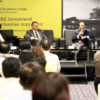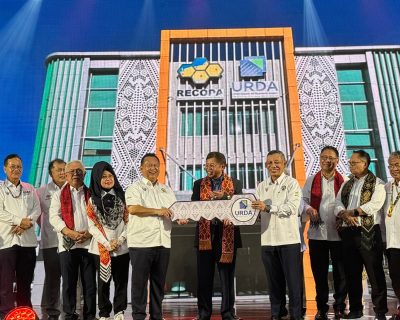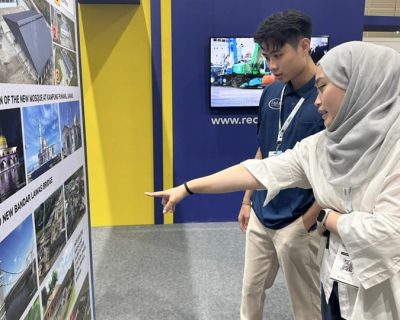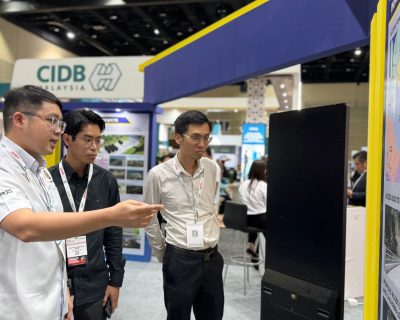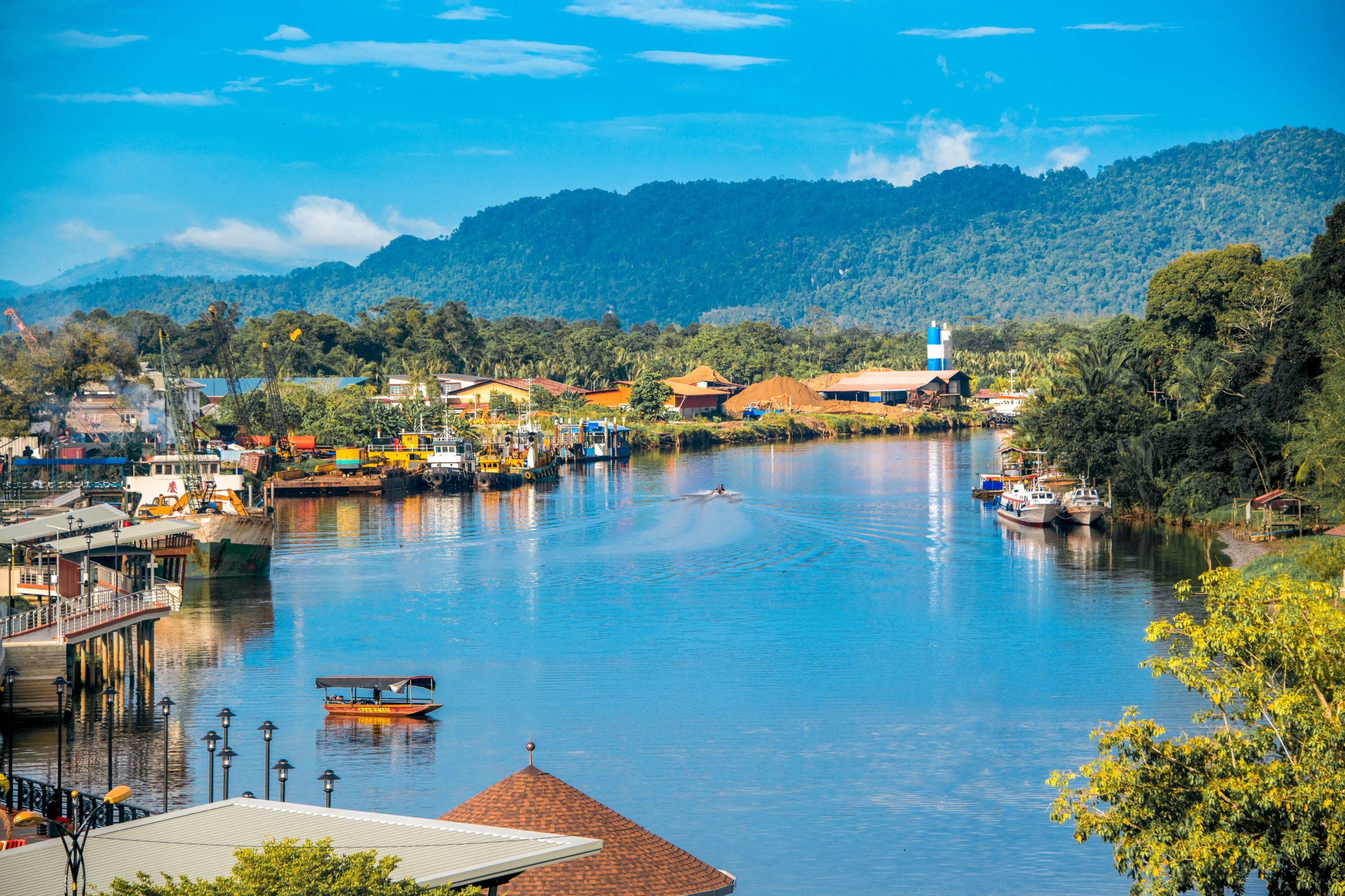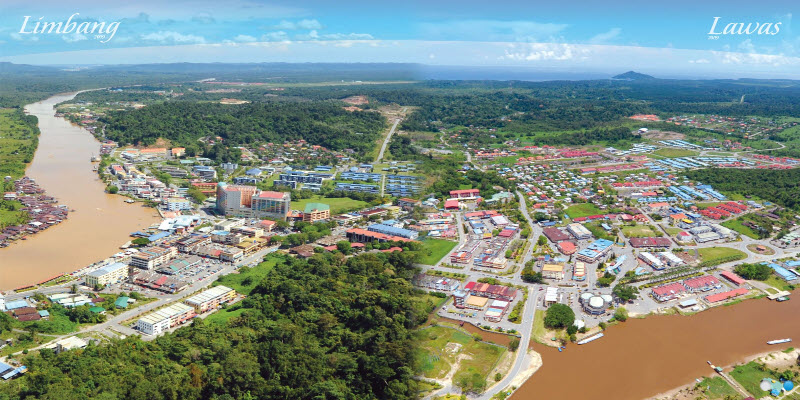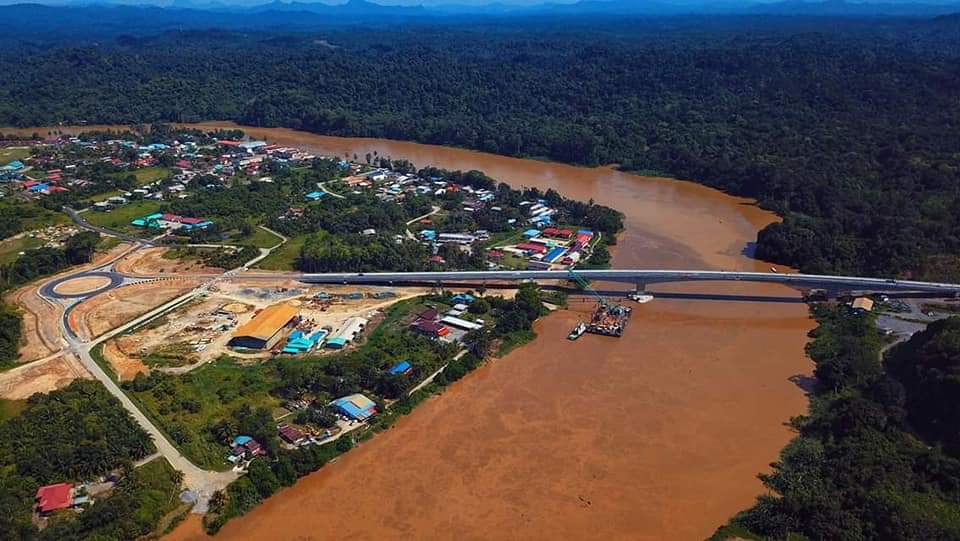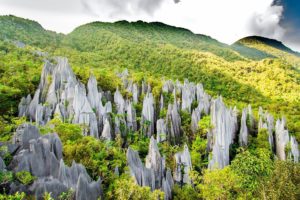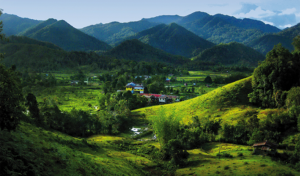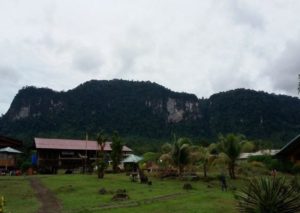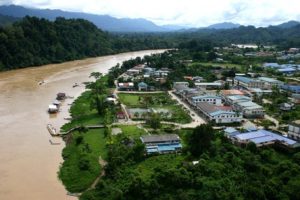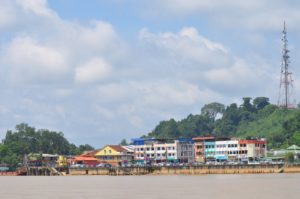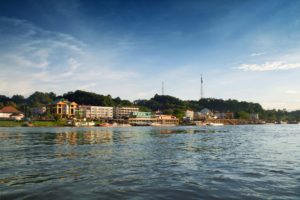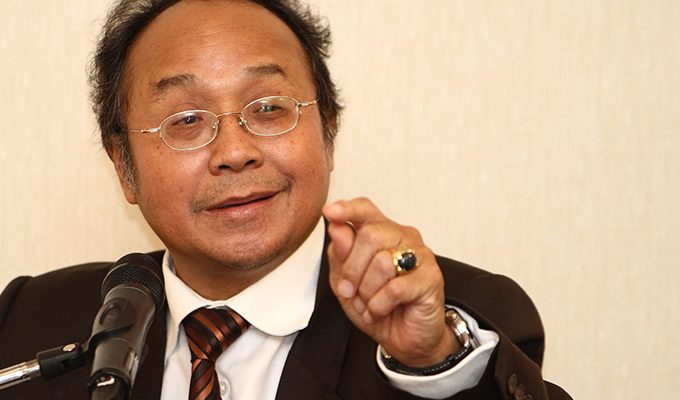
Sarawak to create 1.6m jobs by 2030
Sarawak – which currently has a total population of just 2.6m – is on target to create 1.6m new jobs by 2030, partly thanks to the contribution made by the Sarawak Corridor of Renewable Energy (SCORE).
But this economic miracle will not happen without huge effort by the federal and state agencies to provide the right infrastructure and investment opportunities, according to the Regional Corridor Development Authority’s Chief Executive, Tan Sri Datuk Amar Wilson Baya Dandot.
Tan Sri Wilson was speaking at a conference in Kuching in September organised by RECODA and the Oxford Business Group, a global research, publishing and consultancy firm.
Investors who were planning to build or relocate factories needed reliable, affordable energy supplies and transport facilities such as airports, ports, roads and bridges, he said. But they also needed to know that the social infrastructure would be in place, with homes, schools, hospitals and other services to support the fast-growing workforce.
By 2030, Sarawak’s real GDP will hit RM118bn (US$30bn), making it a regional economic powerhouse. SCORE alone will create a demand for more than 650,000 new workers.
“If we can convince investors that RECODA, the Public Works Department and other agencies can provide the infrastructure, we can attract more investment,” said Tan Sri Wilson. “We must be able to facilitate the basic necessities, such as transport, utilities and telecommunications.”
The Oxford Business Group conference, focused on investment opportunities within SCORE, attracted more than 50 representatives from key industries, such as manufacturing, energy and infrastructure services. Detailed panel discussions assessed SCORE’s achievements so far and examined the next five-year plan for the multi-billion-dollar project.
RECODA, which has already received RM2.5billion (US$630million) in federal funding, has identified ten target industries for SCORE – aluminium, steel, glass, oil, marine engineering, farming, palm oil, timber, fishing and tourism. Work has already started on the new airport at Mukah and on expanding the UiTM and the Polytechnic to make Mukah a “smart city” and a major education hub.
The next five years will also see the development of two new growth nodes – Baram and Baleh – alongside the established focus on Samalaju, Mukah and Tanjung Manis.
Speakers at the conference included experts and analysts from the Oxford Business Group, Sarawak Energy Berhad CEO Datuk Torstein Dale Sjotveit, the Head of the Samalaju Development Division in Cahaya Mata Sarawak, Dato’ Isaac Lugun, and the Chief Executive of Press Metal Berhad, Datuk Paul Koon.


